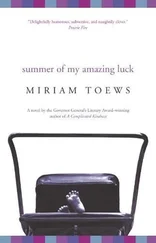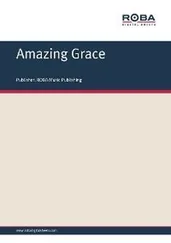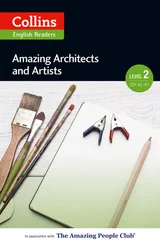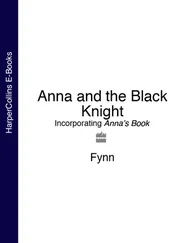I left university in 1585 without a degree and began working as a teacher in mathematics. I also taught drawing to students at the Academy of the Arts of Drawing in Florence. By now, I loved ‘the beauty of numbers’. I was also very interested in how the weight of an object could be measured using a balance. I created a thermoscope – an instrument which shows changes in temperature. This was later developed into the thermometer, which measured changes in temperature. In 1586, I wrote my first book. It described the design for a ‘hydrostatic balance’ – a device which weighed objects using air and water. I called the book The Little Balance .
Life was going well for me. But I wasn’t earning a lot of money from private teaching. I needed to get a university job that paid a good salary. So I applied for teaching jobs at Sienna, Padua and Bologna universities. But I wasn’t successful – probably because I didn’t have a degree. Then, in 1589, I was offered the job of Chair of Mathematics at the University of Pisa.
At Pisa, I began to doubt Aristotle’s theories about objects which fall. Aristotle – a Greek philosopher – believed that the weight of an object decided its speed when it fell. So I decided to carry out a simple experiment. I climbed to the top of the Leaning Tower of Pisa and I dropped balls of different weights to the ground. The balls were of different weights, but the same size. They all hit the ground at the same time. After this, I wrote my book called On Motion . In it, I said that the speed of objects which fall depends on their shape and size, not on their weight as Aristotle said. In the future, I said, a theory had to be tested before it was accepted.

In 1591, my father died. I had to look after my brothers and sisters because I was the oldest child. This meant I needed to find work which paid a better salary. So from 1592 until 1610, I was Professor of Mathematics at Padua University. The job allowed me to teach, think and do many experiments.
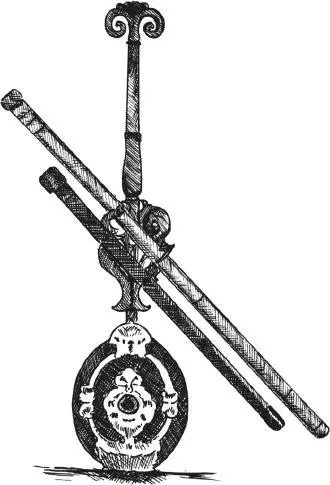
Galileo’s telescope
During my time at Padua, I invented a water pump. I also invented a military compass – a device used by the army to plan battles. In 1609, the Italian scientist Paolo Sarpi wrote to me. He told me about a new invention in Holland called a ‘telescope’. It was a device which magnified things – it made them look much bigger. The telescope allowed astronomers to look much more closely at the stars and planets in the sky. In a short time, I had developed its design. I called my telescope, ‘Perspicullum’. Perspicullum could make the planets look eight times bigger than their normal size.
In 1610, I wrote a book called Starry Messenger about the discoveries that I’d made with my telescope. It described the mountains of the moon, as well as Jupiter’s brightest four moons. In that same year, I also discovered the ‘Phases of Venus’ – the changes of Venus’s light caused by the Sun. As I continued to use Perspicullum to study the planets, I began to ask questions about an important religious belief. In the 17 thcentury, everyone believed the Earth was the centre of the universe. People thought that the planets and the Sun orbited around us. But my telescope showed me that the Earth and other planets orbited the Sun.
Galileo believed that the Earth orbited the Sun
In 1611, I became Chief Mathematician at the University of Pisa. There, I wrote my Discourse on Floating Bodies and Letters on Sunspots . I also described my theories about the Earth and Sun to the Grand Duchess Christina of Tuscany. The letter was sent to Christina in 1615 but not published until 1636. When they read my letter, the priests of the Catholic Church in Rome became very angry. I agreed with the beliefs of the great mathematician and astronomer, Copernicus. Like Copernicus, I was asking questions about the belief that the Earth was the centre of the universe and not just a small part of it. My theories soon brought me terrible trouble.
In 1632, I published my book Dialogue Concerning the Two Chief World Systems . It had taken me six years to write it. But the book was banned by the pope as soon as it was published. All my other writings were banned, too. At first, I was charged with heresy and sentenced to death. Later this sentence was changed to house arrest.
I spent the rest of my life locked in my house. But I continued with my writing and experiments. In 1638, I wrote another book called Discourses and Mathematical Demonstrations Concerning Two Sciences. It was about my work in physics and my studies on gravitation. The book was banned in Italy but published later in Holland.
By now, I was getting old and I was often sick and in great pain. But I wasn’t allowed to see doctors or take medicine. In 1636, I started to lose my eyesight. By the following year, I’d gone blind and I could not hear well. But my mind continued to work and my student, Vincenzo Viviani, became my eyes and ears. He carried out experiments for me and wrote down the results. In 1642, I died at my house in Arcetri, near Florence. I was 77 years old. I was kept under house arrest until the day I died.
The Life of Galileo Galilei
| 1564 |
|
Galileo Galilei was born in Pisa, Italy. He was the oldest of six children. |
| 1572 |
|
When he was 8 years old, Galileo’s family moved to Florence. However, Galileo stayed in Pisa, in the care of a relative. |
| 1574 |
|
Galileo joined his family in Florence. |
| 1575 |
|
Galileo attended the Camaldolese Monastery, at Vallombrosa, near Florence. |
| 1581 |
|
He began studying medicine at the University of Pisa. He then changed his course to mathematics and philosophy. |
| 1585 |
|
Galileo left Pisa University without a degree and worked as a teacher of mathematics. |
| 1586 |
|
He published his book The Little Balance . |
| 1588 |
|
He worked as a teacher at the Academy of the Arts of Drawing in Florence. |
| 1589 |
|
Galileo became Professor of Mathematics at the University of Pisa. |
| 1590 |
|
He wrote his book On Motion . |
| 1591 |
|
His father died and Galileo had to look after his brothers and sisters. |
| 1592–1610 |
|
Galileo was Professor of Mathematics at the University of Padua. |
| 1595 |
|
He invented a compass. |
| 1600 |
|
His book Mechanics was written. |
| 1609 |
|
He improved the design of the telescope and called it ‘Perspicullum’. |
| 1610 |
|
Galileo published Starry Messenger. He looked at the mountains of the moon as well as Jupiter’s brightest four moons. He discovered The Phases of Venus. |
| 1611 |
|
He became Chief Mathematician at Padua University. |
| 1612 |
|
Galileo wrote Discourse on Floating Bodies . |
| 1613 |
|
He wrote Letters on Sunspots . |
| 1615 |
|
His Letter to Grand Duchess Christina was written. However, it was not published until 1636. |
| 1616 |
|
The Catholic Church became angry with his ideas. They warned him about his Copernican beliefs and banned his writings. Galileo wrote Discourse on the Tides |
Конец ознакомительного фрагмента.
Читать дальше



